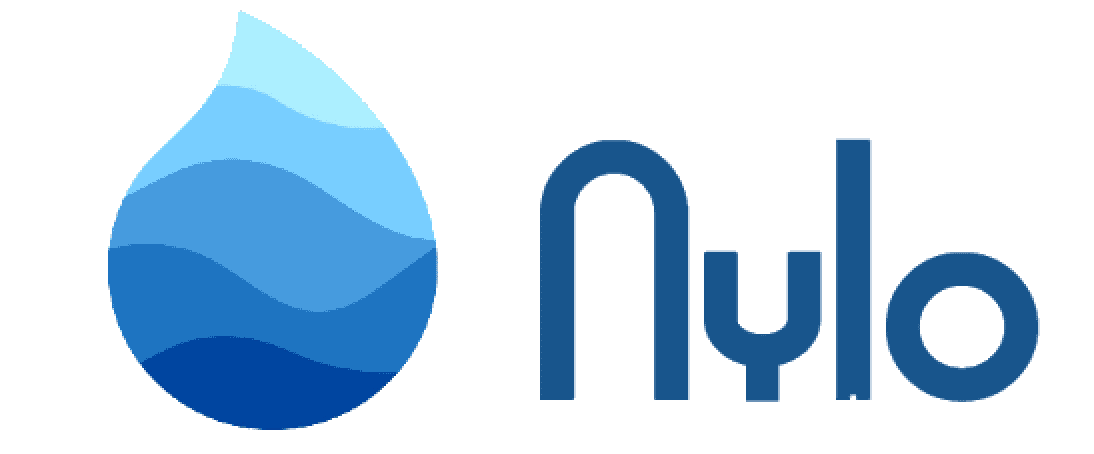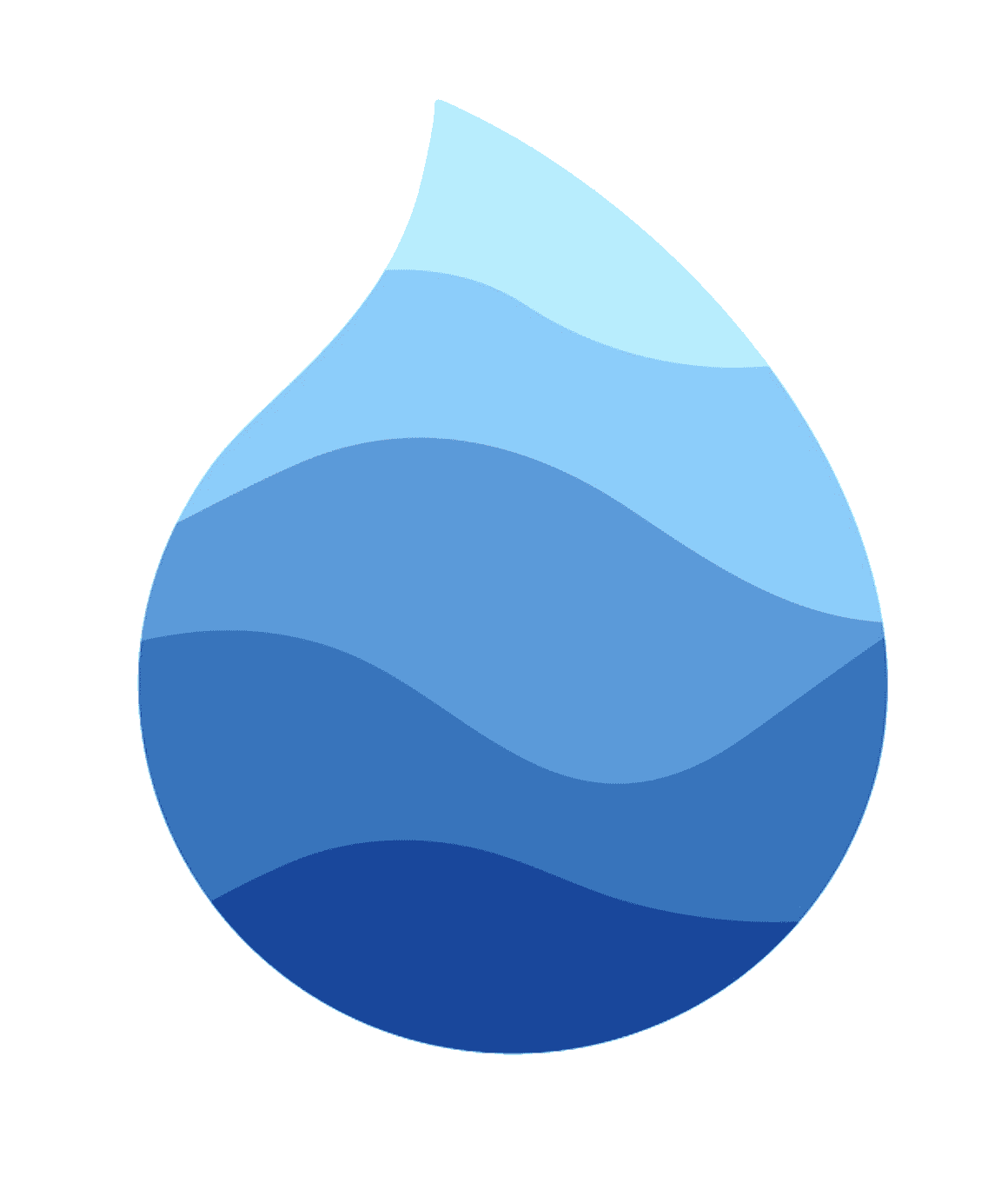Controllers
Introduction
Before starting, let's go over what a controller is for those new.
Here's a quick summary from tutorialspoint.com.
The Controller is responsible for controlling the application logic and acts as the coordinator between the View and the Model. The Controller receives an input from the users via the View, then processes the user's data with the help of Model and passes the results back to the View.
Controller with services
...
class HomeController extends Controller {
AnalyticsService analyticsService;
NotificationService notificationService;
@override
construct(BuildContext context) {
// example services
analyticsService = AnalyticsService();
notificationService = NotificationService();
}
bool sendMessage(String message) async {
bool success = await this.notificationService.sendMessage(message);
if (success == false) {
this.analyticsService.sendError("failed to send message");
}
return success;
}
onTapDocumentation() {
launch("https://nylo.dev/docs");
}
...
Call the controller from your page.
class MyHomePage extends NyPage<HomeController> {
...
MaterialButton(
child: Text("Documentation"),
onPressed: controller?.onTapDocumentation, // call the action
),
Or from your Widget
class _MyHomePageState extends NyState<MyHomePage> {
...
MaterialButton(
child: Text("Documentation"),
onPressed: widget.controller.onTapDocumentation, // call the action
),
If your widget has a controller, you can use widget.controller to access its properties.
You can use dart run nylo_framework:main make:page account --controller command to create a new page and controller automatically for you.
Creating pages and controllers
You can use the Metro CLI tool to create your pages & controllers automatically.
dart run nylo_framework:main make:page dashboard_page --controller
// or
dart run nylo_framework:main make:page dashboard_page -c
This will create a new controller in your app/controllers directory and a page in your resources/pages directory.
Or you can create a single controller using the below command.
dart run nylo_framework:main make:controller profile_controller
Retrieving arguments from routes
If you need to pass data from one widget to another, you can send the data using Navigator class or use the routeTo helper.
// Send an object to another page
User user = new User();
user.firstName = 'Anthony';
Navigator.pushNamed(context, '/profile', arguments: user);
// or
routeTo(ProfilePage.path, data: user);
When we navigate to the 'Profile' page, we can call data() to get the data from the previous page.
...
class ProfilePage extends NyPage {
@override
init() async {
super.init();
dynamic data = data(); // data passed from previous page
User user = data;
print(user.firstName); // Anthony
}
Or from your StatefulWidget
...
class _ProfilePageState extends NyState<ProfilePage> {
@override
init() async {
super.init();
dynamic data = widget.data(); // data passed from previous page
User user = data;
print(user.firstName); // Anthony
}
The routeTo(String routeName, data: dynamic) data parameter accepts dynamic types so you can cast the object after it’s returned.
Using controllers with NyPage
The NyPage widget makes it easy to use controllers.
You can use controllers by first extending the NyPage class and then set the controller like in the below example.
import 'package:nylo_framework/nylo_framework.dart';
import '/app/controllers/my_controller.dart'; // import your controller
class HomePage extends NyPage<MyController> {
// init - called when the page is created
init() async {
// access the controller
controller.doSomething(); // call an action from that controller
controller.data(); // data passed from a previous page
controller.queryParameters(); // query parameters passed from a previous page
}
@override
Widget build(BuildContext context) {
return Scaffold(
appBar: AppBar(
title: Text("My Page"),
),
body: Center(
child: Text("Hello World"),
),
);
}
}
It's important that your controller is set in your config/decoders.dart file like in the below example.
import 'package:nylo_framework/nylo_framework.dart';
...
final Map<Type, BaseController> controllers = {
HomeController: HomeController(),
MyNewController: MyNewController(), // new controller
// ...
};
You should also add all your controllers to Nylo like in the below example:
-
Open
app/providers/app_provider.dart -
Add your controllers
import 'package:nylo_framework/nylo_framework.dart';
...
class AppProvider implements NyProvider {
@override
boot(Nylo nylo) async {
...
nylo.addControllers(controllers); // adds all controllers to Nylo
return nylo;
}
...
Now you should be ready to use a controller with your NyPage.
Learn more about NyPage here.

